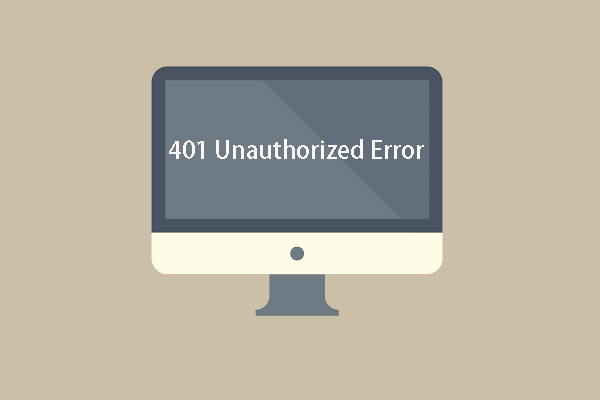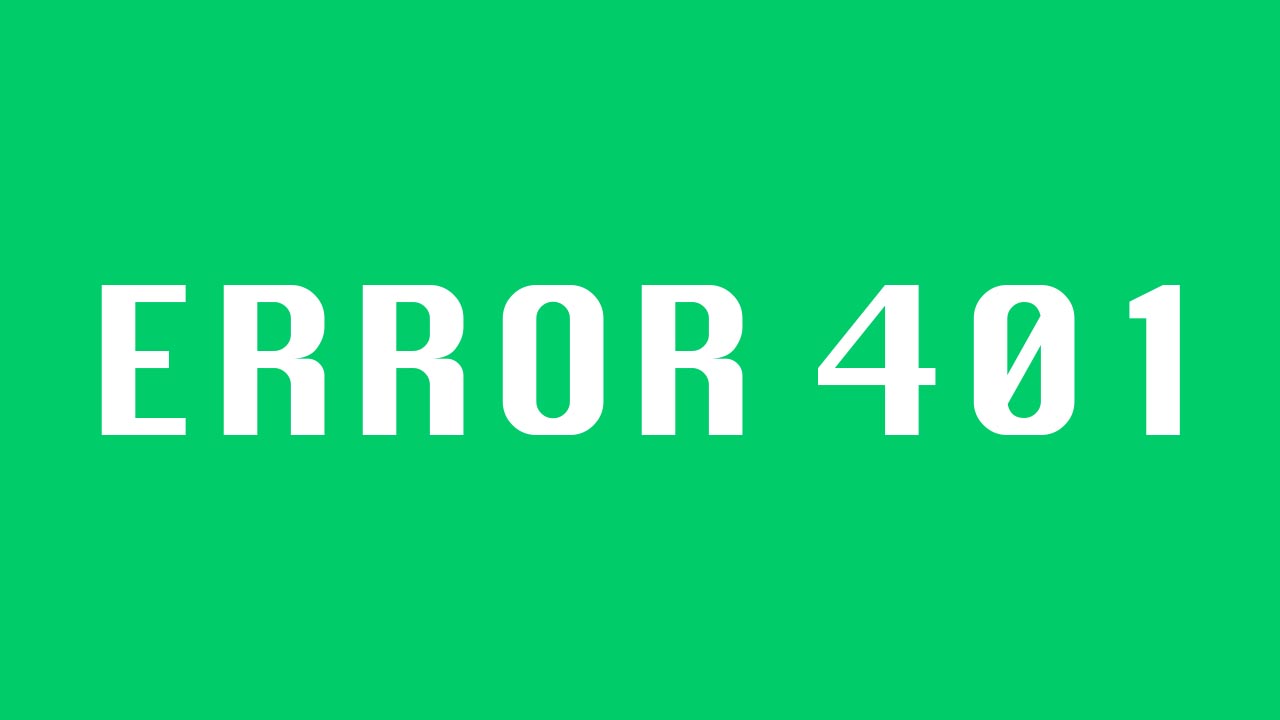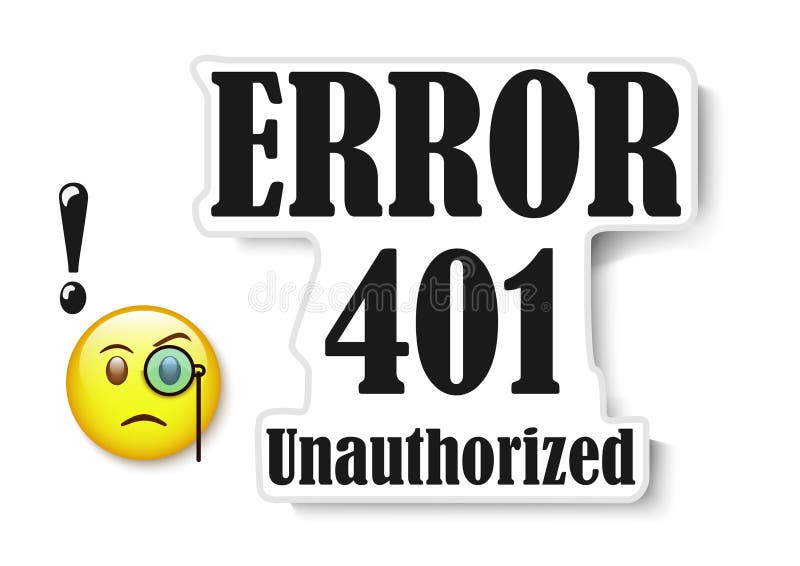
If you can, create a complete copy of the application onto a secondary staging server. We'll go over all this in detail in the following sections.īefore attempting any changes to the system, make sure to perform a full backup of your application, database, etc. The server is still the network object producing the 401 Unauthorized Error and returning it as the HTTP response code to the client. While it's probably not the HTML or CSS, it could be that the client may be sending a request that doesn't contain any authentication information.Įven though the 401 Unauthorized Error is a client error response, it doesn't mean we can rule out the server as the culprit. On the other hand, this doesn't rule out the client as the actual cause of a 401 Unauthorized Error. This includes HTML, cascading style sheets (CSS), client-side JavaScript, etc. However, the appearance of a 401 error code or any 4xx error doesn't necessarily mean the client is the issue, where the client is the web browser or device used to access the application.įor example, if you're trying to diagnose an issue with your application, you can ignore most client-side code. These messages contrast with server error responses in the 5xx category, such as the 503 Service Unavailable Error. We'll show you how to diagnose and debug this error within your own application.Īll HTTP response status codes in the 4xx category are client error responses. In this article, we’ll examine the 401 Error in more detail. You should still be able to log in from this page, and will need to log in before you can view the interactive docs.The 401 Unauthorized Error is an HTTP response status code indicating that the client could not authenticate a request.


In Postman, if you make a call using http without the port number, you'll get a 401 error.That the URL doesn't end in a slash (for example, api/3.0/lookml_models works, but api/3.0/lookml_models/ does not).Whether the user making the call is an Admin, or has the required permissions to make the call.That either the Client ID and Secret are correct, or the token is correct (the Client ID and Secret are used to get the token, but once you have the token, you don't need the ID and Secret).

This is pretty broad, but here are some things you can check: A 401 HTTP response indicates a problem with the authentication credentials used to make the API call.


 0 kommentar(er)
0 kommentar(er)
